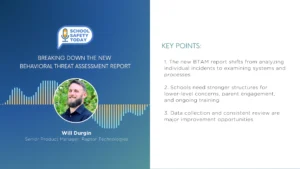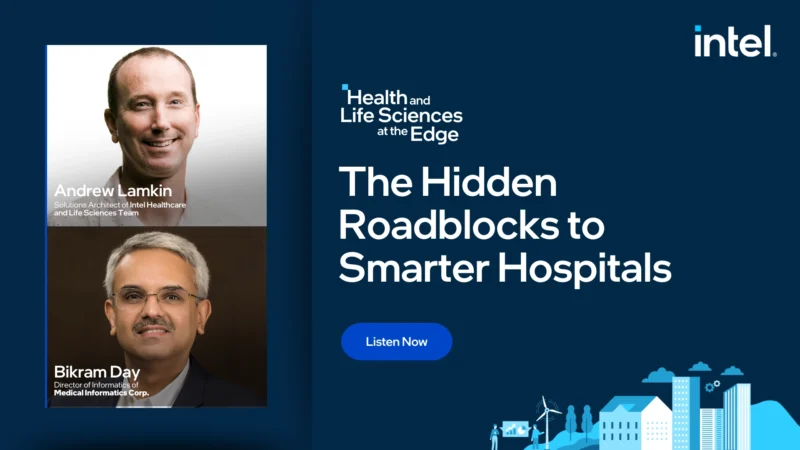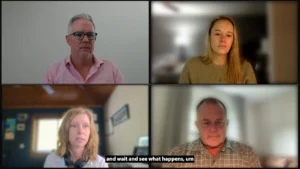How Patients View EHRs: The Pros and the Cons
Electronic Health Records (EHRs) have been implemented by health practices around the world to increase productivity, efficiency, and success. Many physicians agree that EHRs have increased practice efficiency while improving patient care, but what do the patients think? While the development and implementation of electronic health records remains a challenge, understanding patient and public attitudes inform future EHR advancements.
Patient and Public Perceptions
Exploring patient and public views of EHRs provides areas of improvement within health care provision, planning and policy, and health research. While many people have a positive outlook on this technology, many also have concerns. Let’s take a look at findings from a January 2019 KFF Health Tracking poll which examines the public’s attitudes about and experiences with EHRs.
Quality of Care
- 88% of the public reported that their physician currently uses an EHR, nearly doubling the number of physicians (46%) who had implemented a computer-based medical record in their practice a decade ago.
- Of that percentage, 45% state that the use of an EHR has increased the quality of care provided by their physician, 47% reported the quality of care remained the same, and only 6% said their physician’s use of an EHR made the quality of care worse. The breakdown per age groups:
- 57% of adults between the age of 18-29 reported their quality of care is better with none saying their quality of care is worse with an EHR
- 43% of adults between the age of 30-49 reported their quality of care is better with only 6% reporting worse quality of care with an EHR
- 44% of adults between the age of 50-64 reported their quality of care is better while only 9% say an EHR has negatively affected their quality of care
- 41% of adults over the age of 65 reported their quality of care is better while only 8% citing worse quality of care with an EHR
- As it pertains to an EHR’s impact on the quality of the physician/patient interaction, of the 88% who reported that their physician currently used an EHR, a total of 44% reported an improvement with only 7% reporting a decrease in interaction quality. The breakdown per age groups:
- 49% of adults between the age of 18-29 reported their physician/patient interaction is better with only 1% saying that interaction is worse with an EHR
- 41% of adults between the age of 30-49 reported better quality interaction with only 9% reporting worse quality
- 43% of adults between the age of 50-64 reported better interaction while only 10% say an EHR has negatively affected interaction quality
- 44% of adults over the age of 65 reported better quality of physician interaction with only 9% saying an EHR has adversely affected interaction
Privacy and Errors
- Although slightly decreased from the 60% who reported feeling concerned in 2016, 54% of the public today still feel “very concerned” or “somewhat concerned” of unauthorized access to their confidential medical records and personal information.
- While 54% reported feeling “not too concerned” or “not at all concerned”, nearly half (45%) did report feeling “very” or “somewhat” concerned that errors in their personal health information may negatively affect their care; yet, only 21% reported that they or a family member had discovered a mistake in their EHR. A breakdown of the error types:
- 9% incorrect medical history
- 5% incorrect personal information
- 3% incorrect lab or test results
- 3% incorrect medication information
- Less than 1%, a billing issue.
EHR Pros and Cons
While concern levels differ from age group to age group, overall, the patients of physicians with an EHR in place are reporting favorable results as it pertains to care and interaction quality. However, there are still key concerns as it relates to the access of a patient’s private health and/or personal information, as well as errors in that information that may negatively affect their care. As such, several pros and cons must be considered.
On the pros side, research shows that physicians who use EHRs not only follow accepted treatment guidelines better, but also have a lower rate of medication mistakes—a huge pro! Also, via an EHR with a user-friendly patient portal, patients can quickly and easily access lab results, shot records, medical histories, and more, enabling superior patient-physician transparency to promote better health while allowing patients to identify errors themselves and make corrections more rapidly than previous methods—bonus, bonus, bonus! Further, if all of a patient’s doctors, hospitals, and labs can share health information in real-time via digital technology, they can work more effectively as a team and easily remain apprised of a patients’ illnesses, treatments, and surgeries—a crucial plus!
On the cons side, however, since most people typically see more than one doctor, they likely have multiple records and patient portals in existence. Unless all of those doctors are under one healthcare system, the chances are that interoperability between each physician’s EHR may be hindered, making the compiling of all medical history into a single EHR unfeasible. Further, these inconsistencies in EHRs from doctor to doctor pose a personal and medical information security risk, providing hackers with multiple points to probe. Yet, although interoperability may currently be hampered, a reining healthcare goal is to create an all-encompassing EHR that not only enables inner-practice accessibility, but also alleviates cyberthreats.
Importance of EHR Advancements
Physician-patient communication is a crucial element in health care delivery, directly affecting patient satisfaction, adherence, rapport, and trust. While electronic health record technology is not perfect as of yet, these statistics show that most patients feel it has definitely improved both the quality of care and physician interactions over the past ten years. This understanding into how patients view their physician’s use of EHRs provides essential information for developments in the greater use of the technology.









